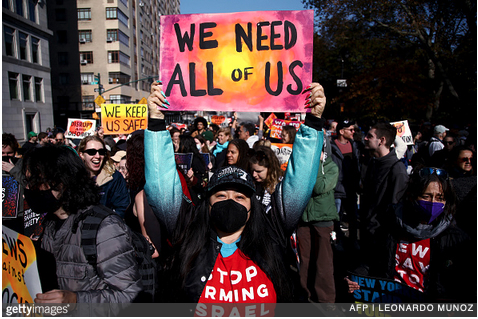We live in a time of great economic distress, when cities, counties, and states struggle to repair a crumbling infrastructure, keep libraries and schools open, support essential public safety needs, maintain Medicaid and other healthcare benefits, and provide housing for the homeless-that include thousands of veterans. The distressing stories of these economic crises fill our nation’s media. They have one thing in common: there’s a shortage of funds for important human programs that make for a vital and decent society, and this shortage is directly related to the huge cost of our military establishment and endless wars.
- Jackson County, population 212,600; $15.8 billion
- 2nd Congressional District, population 770,000; $57.2 billion
- Talent: 6,400; $470 million
- Ashland: 20,900; $1.6 billion
- Medford: 78,600; $5.8 billion
- Oregon: 4,000,000; $297 billion
Costs of War
The Human Toll of US Wars Since 9/11 from the Brown University Costs of War Project. Between 480,000 and 507,000 people have been killed in the United States’ post-9/11 wars in Iraq, Afghanistan, and Pakistan. This total does not include the more than 500,000 deaths from the war in Syria, raging since 2011, which the US joined in August 2014. Thus, more than a million people in those countries have been killed (through November 2018). US deaths through 2018: Active military 6931 and military contractors 7820. US casualties: The Congressional Research Service has stopped releasing regular updates on US military casualty statistics. In its most recent report, issued in 2015, the CRS found that more than 300,000 troops have suffered traumatic brain injuries. Internally displaced people, external refugees, and asylum seekers in Afghanistan, Pakistan, Iraq, and Syria through 2017: 12.6 million.


